Blessed lessons
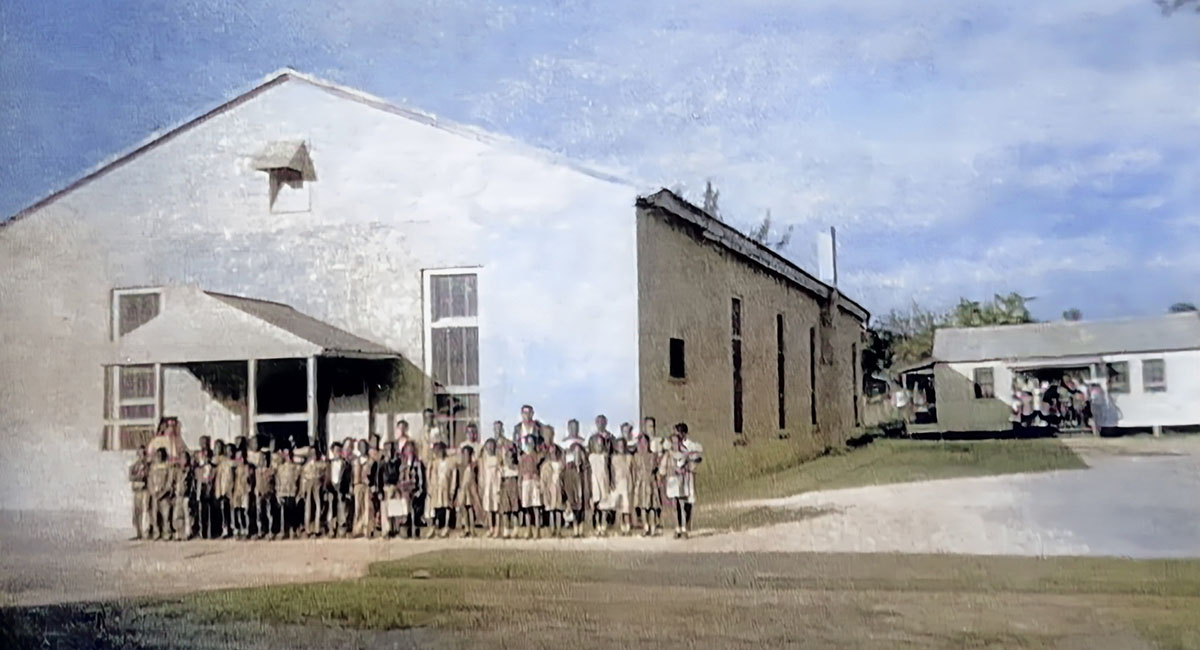
Former students reflect on how the segregated Catholic school provided lifelong path to success
BY PATTIE DURHAM
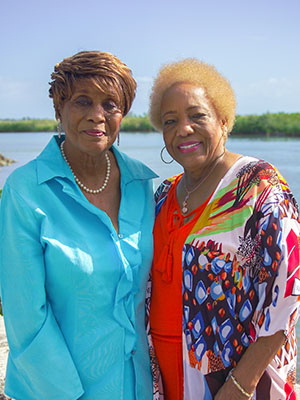
A bright light was shining on a group of black school children along North Eighth Street in Fort Pierce in the days before school integration in the South. That light emanated from Blessed Martin de Porres Catholic School for Colored Children, a light of learning that led the way to professional and lucrative careers for many of the school’s graduates.
Blessed Martin was opened in September 1940 by the Rev. Michael Beerhalter, pastor of St. Anastasia Parish. The teachers, Sisters of St. Dominic from Adrian, Michigan, taught all grades, with the help of a few lay teachers. The student body averaged around 100 during the 1950s, but was dwindling in the early 1960s.
Under the auspices of St. Anastasia Parish and the Diocese of St. Augustine, the school provided instruction for colored students who were unable to attend the all-white St. Anastasia Catholic School due to segregation guidelines.
Dorothy Jackson, who graduated from Blessed Martin in 1955, remembers white women who came to the classrooms to assist the nuns, but she doesn’t remember any names except a Mrs. Gentile.
“The white family benefactors who supported the school and students were the Gentile and Guettler families. Members of those families would stand in for those of us who were being baptized in the Catholic faith, or were making their first Holy Communion or confirmation and didn’t have Catholic parents.”
Although the parents paid tuition [about $1 per month] and also paid for books, the Catholic mission at Blessed Martin operated mostly on donations and gifts, including a gift of desks for one of the classrooms in 1950-51 and a second gift of desks for the second classroom in 1951-52. Jackson, one of three girls in her family attending the school, said she remembers her mother counting out the quarters to pay the tuition.
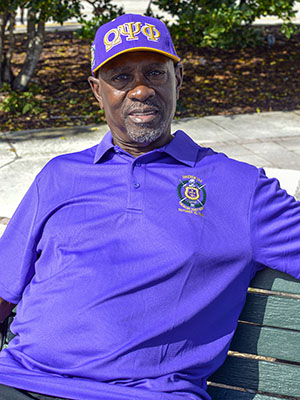
Eugene Williams, who attended Blessed Martin for eight years, said he converted to Catholicism when he was a junior at Lincoln Park Academy, and he and his wife, Patricia Goodin Williams, were married at St. Anastasia Church on Orange Avenue in 1970. He, too, felt blessed to have attended the school.
BEGINNING OF THE BLESSING
The school property was purchased earlier in 1940 with a $5,000 gift from Mother Gerald Barry, the mother superior for the Sisters of St. Dominic. She was a sister of Bishop Patrick Barry of the Diocese of St. Augustine.
Blessed Martin was one large building that had been a theater. The lower elementary grades were taught in two classrooms in this building. There were bathrooms in the front and a mini-auditorium in the rear, along with a small chapel, according to Jackson. Later, as the enrollment grew, a war-surplus building was added to the lot, housing the sixth through eighth grades.
Jackson said when she arrived in 1947, the first and second grade teachers were Sister Rita Claire and Sister Marie Peter, the first teachers assigned to the school. Sister Eucharia arrived later and taught third-fifth graders in a separate room. She was later replaced in that classroom by Sister Evangeline Marie. The middle school students were taught by Sister Agnes Charles, who started at Blessed Martin when the war-surplus building was added, staying until the closing of the school in June 1962.
According to an article published in The News Tribune after his death in 1990, Beerhalter had paid the salaries of the nuns who taught at Blessed Martin out of his own pocket.
BLESSED MEMORIES
The students who attended this school have fond memories of the days they spent there and the quality of the education they received. Jackson is working on a project with Lincoln Park Main Street to chronicle the contributions made to the black community by Blessed Martin School, Beerhalter and the school’s alumni.
The students at Blessed Martin saw Beerhalter every six weeks when report cards were issued, during the annual school photo shoot, and when he said Mass in the school’s small chapel on holy days and other special occasions. As he did at St. Anastasia School, Beerhalter handed out the report cards, often with a comment or two, according to Jackson and other former students. “I was never nervous,” Jackson said, “as I always had good grades. I was on the honor roll.”
Some Blessed Martin graduates participated in a recent Zoom radio and Facebook Live show on 104.5 The Flame. The four women who were able to participate are all educators, a fact that host, Larry Lee Jr., noted.
“A lot of the former students went on to earn many degrees, including many with doctorates,” said Jackson, who earned a bachelor’s degree in elementary education from Tuskegee Institute, a master’s degree in reading from Florida Atlantic University and many advanced credits. “I have just kept on learning over the years. I taught for 41 years in the St. Lucie County School System, and I never let my certification lapse. I have renewed it every five years and taken the necessary courses even though I am no longer a teacher.”
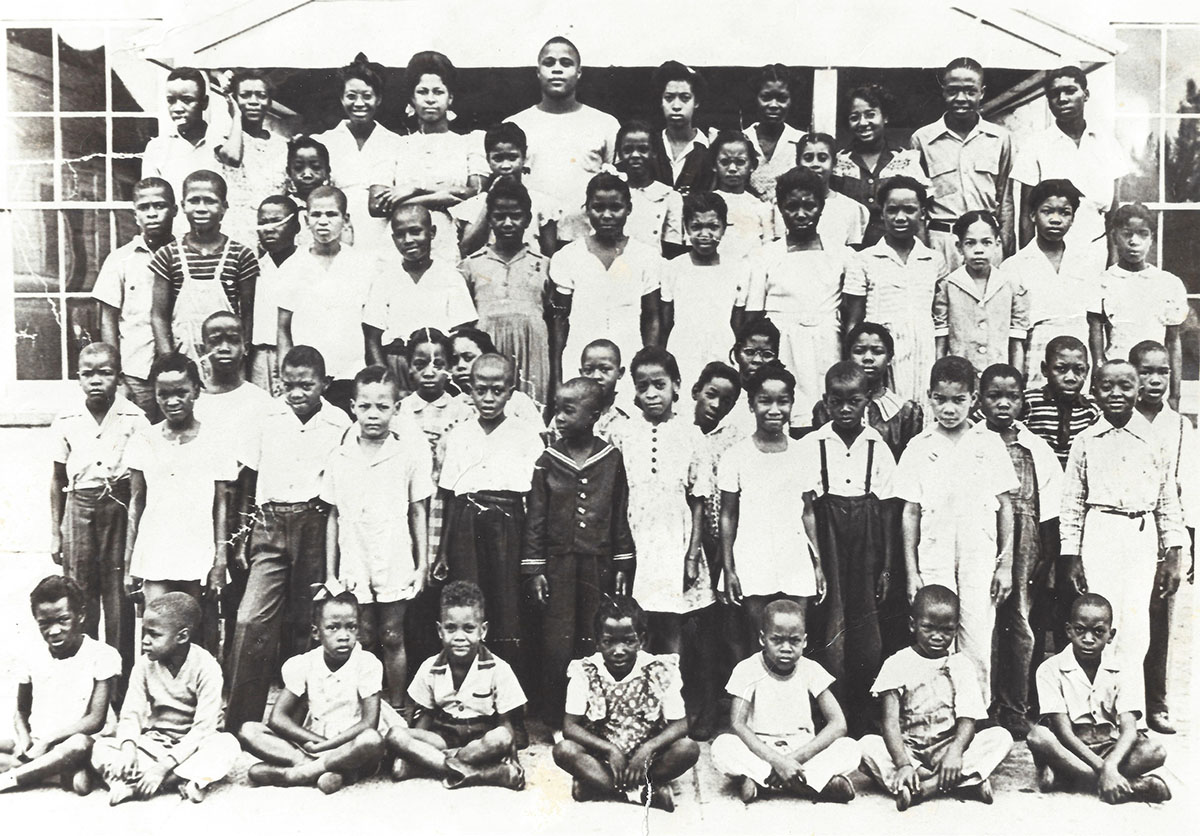
CHANGE WAS COMING
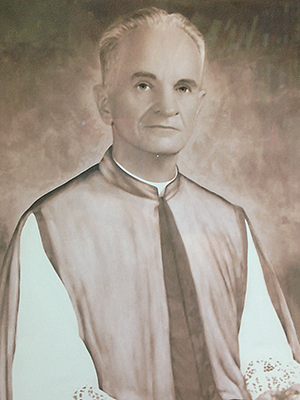
But with lower enrollment numbers and tightening of finances, change was on the horizon for the students of Blessed Martin.
“The Diocese of Miami quietly began desegregating its parochial schools in 1960, acting in some cases ahead of public schools. As the civil rights movement accelerated in the early 1960s, Bishop Coleman F. Carroll led an interdenominational and interracial effort to advance desegregation, civil rights and racial equality in Miami,” according to The Pattern of Race Relations in Miami Since the 1920s, by Raymond A. Mohl.
In 1961, Beerhalter made plans to integrate St. Anastasia School, following the wishes of the bishop. Blessed Martin closed at the end of the 1961-62 school year. Former student Jacquelynn Lewis said on the radio show that there was a meeting and that “Father Beerhalter put his foot down. He said if any parents were not willing to accept integration, they were free to withdraw their children from the school [St. Anastasia].
“It was said to be because of finances [the closing of Blessed Martin],” she continued, “but I think Father Beerhalter never believed in segregation. My father being in the military, I didn’t deal with a lot of segregation, but I learned when we moved here.”
A retired educator, who taught for Dade County schools for 37 years, Lewis says she remembers the nuns taking the students to the dentist, Dr. James Young, whose office was on North Eighth Street, for checkups. A nurse from Dr. Clem C. Benton’s office, which was across from the school, came to inoculate the students against polio and other diseases. Lewis said she hated to see that nurse coming, but they were given all of the shots they needed, thanks to Beerhalter.
COMMUNICATION SKILLS STRESSED
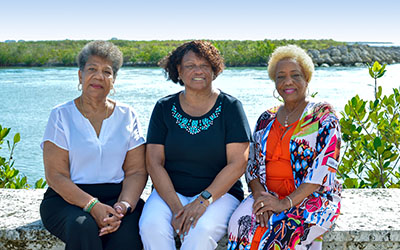
The process of integration was slow, and there were only a few black students who attended at first. Barbara Kelley, a 1965 graduate of Central Catholic High School [now John Carroll Catholic High School], attended Lincoln Park Academy for two years after graduating from Blessed Martin, she explained during the radio show. Then, Beerhalter called her parents and she and her younger brother, Jackie Kelley, transferred to the Catholic high school. Now a retired teacher and school principal, she, too, has fond memories of her elementary school days.
The radio show participants mentioned how much the nuns stressed reading and writing skills. Peggy Jackson Coplin, an adjunct professor at Immaculata University in Frazier, Pennsylvania, says she is still an avid reader.
“I appreciate the education I received there,” she said. “It was not until I was an adult that I realized how important the education I received at Blessed Martin was. I only attended grades one through three, but the classes were small and they could offer help in areas where you needed it. We also were taught Latin, as the catechism and the Masses were in Latin.”
A criminal justice major in college, Coplin has a law degree from Purdue University and a doctorate in public administration. She has taught doctoral classes for the University of Phoenix.
Jackson noted that all of the students she remembers from Blessed Martin speak a certain way about the school and recalled what lessons were instilled in them by the nuns.
“Religion, the lessons we received were a guide to the life we lived and later on, our lives and careers; faith in ourselves, we had not much doubt about what we could do, after the academics; character, the catechism and the Ten Commandments were instilled in us; scholarship, we have many students with advanced degrees, even doctorates; communication skills, we mirror each other in tone and quality of speech and that came from Blessed Martin; and we exercise great citizenship, that is what I can remember from the former students I know.”
Feb. 23, 2023
